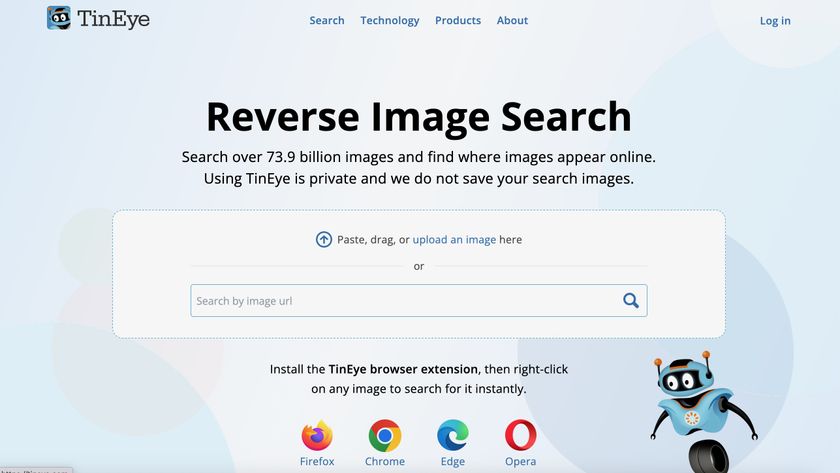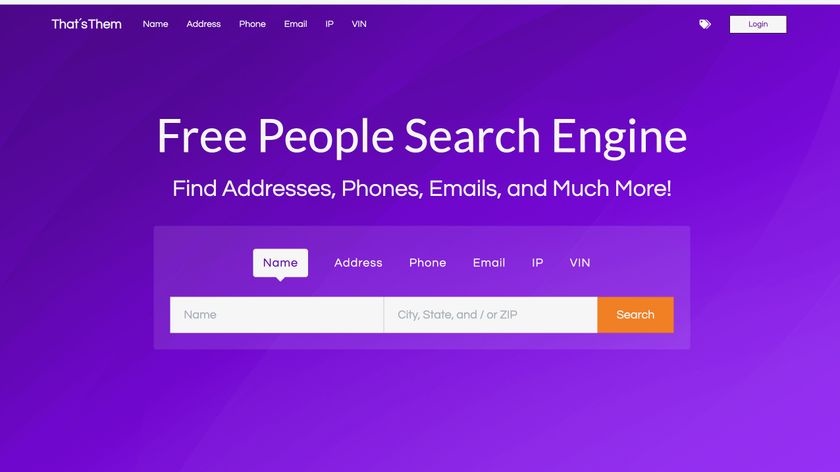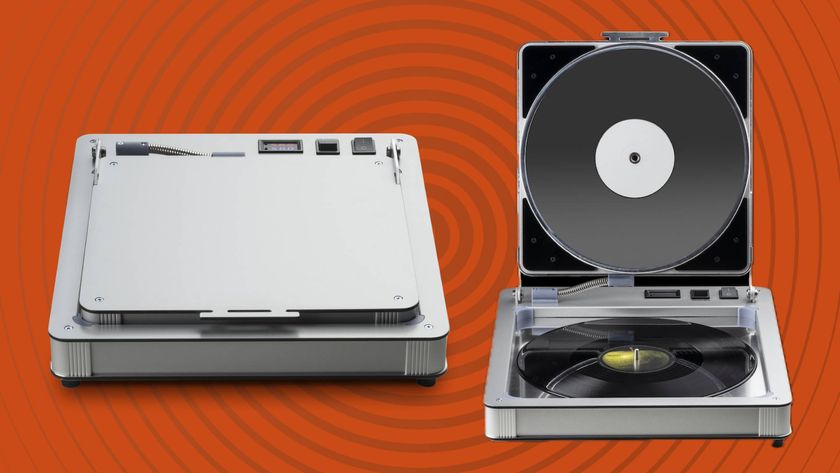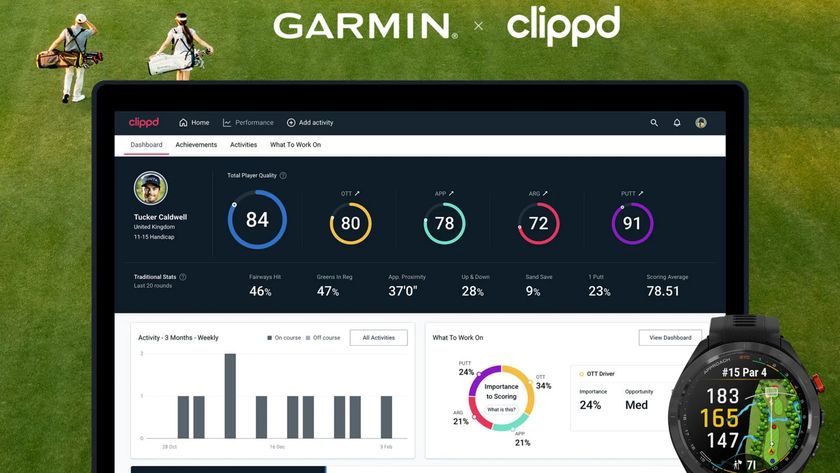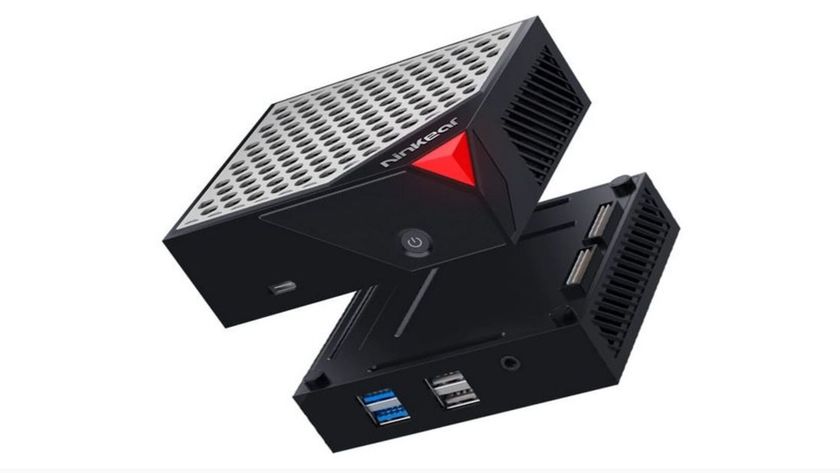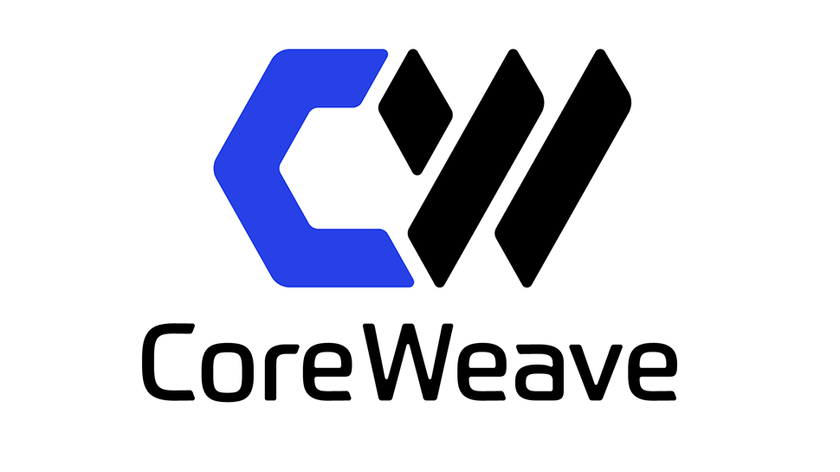5 best practices to improve CSP call center support
Give your customers a better experience
3) Automation is not "one size fits all" for all incidents
Automation is an important part of incident resolution and FCR and the ability to automate some or all of the procedure can dramatically improve time-to-resolution. However, to fully leverage and optimize the power of automation, the resolution system should provide capabilities to automate sub-tasks in the manual resolution process as well as end-to-end procedures.
For example, diagnostics can automatically run while results identifying next steps for an L1 agent, such as triggering another automation to update the trouble ticket automatically. By combining process guidance and automation, Level 2 or Level 3 Subject Matter Experts (SMEs) are now able to shift the handling of repetitive problems to the L1 CSRs, avoid escalations and drive up FCR. Instead of constant fire-fighting, SMEs can focus on driving more resolution to L1 agents, consequently improving first call resolution and customer satisfaction.
4) Collaboration between support teams is crucial
It's typical for multiple teams to work together to resolve more complex incidents that arise. L1 agents and CSRs can leverage collective, cross-team operational knowledge to more quickly resolve issues and can collaborate with peers as needed as part of the resolution process. Some incident resolution systems, like our RESOLVE 5 Software System, allow information about the incident to be easily shared across multiple teams, and also to capture all activity and communications between teams automatically as part of the resolution process, providing the necessary context and avoiding extra administrative work after the incident is resolved.
By combining process guidance and automation, L2 or L3 Subject Matter Experts (SMEs) are now able to shift the handling of repetitive problems to the L1 CSRs, avoid escalations and drive up FCR. Instead of the constant fire-fighting, SMEs can focus on driving more resolution to L1 agents, consequently improving first call resolution and customer satisfaction
5) Leveraging the power of analytics drives productivity and efficiency in the resolution process
The same theory behind big data and web analytics, which are ubiquitous across today's organizations, can be applied to incident resolution and FCR. CSPs can leverage the power of analytics to drive productivity and efficiency in the resolution process during the lifecycle of the incident: from trigger to resolution. Some incident management platforms offer out-of-the box reporting and analytics that not only measure system parameters, but also business impact and ROI.
The ability to gain insight and analyze Decision Tree paths taken by L1 agents, and optimize these paths, allows agents to more quickly resolve incidents in the future. The dashboard approach to viewing and analyzing incidents allows service agents to more quickly isolate problem areas for complex services and provides the navigation to the right process guidance.
The Bottom Line
By putting these proven incident management best practices into action, CSPs can keep their high priority commitment to putting the customer first. Case in point: one US-based Managed Service Provider (MSP) with hundreds of L1 and L2 agents across three support centers made their customers a top priority by making, and keeping, a commitment to decrease support call wait times.
Are you a pro? Subscribe to our newsletter
Sign up to the TechRadar Pro newsletter to get all the top news, opinion, features and guidance your business needs to succeed!
After implementing an enterprise, accelerated incident management system across all three call centers, the MSP was able to shave more than three minutes off of each call, exceeding their goal. In a highly competitive communications services market, providers that continue to devote resources to making sure they're continually improving the customer support experience will continue to thrive and expand into new markets, thanks to a decrease in customer churn and an increase in the ability to service more customers in less time.
- Larry Lien is responsible for product definition, product marketing, and strategy at Resolve Systems.
